Electric Field due to S
Five rods
S
T
,
T
E
,
E
V
,
V
e
,
e
N
are placed in the
x
y
plane has a uniform linear charge density
λ
=
1
.
Find the magnitude of (Electric field)
E
at the point
(
2
,
0
)
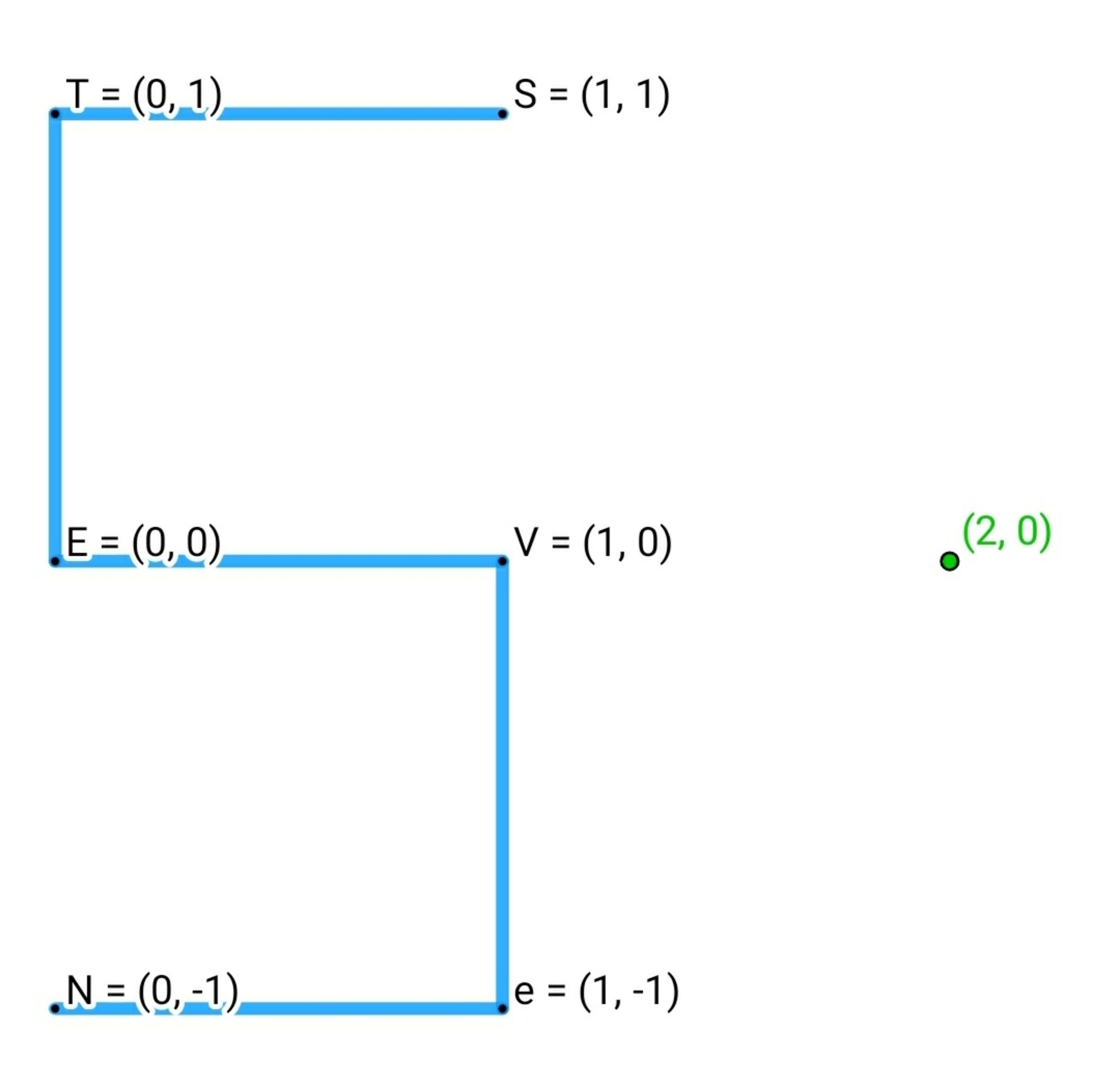 This question is dedicated to my teacher Steven Chase.
Take
ϵ
0
=
1
. All the things are in SI units
This question is dedicated to my teacher Steven Chase.
Take
ϵ
0
=
1
. All the things are in SI units
The answer is 0.156.
This section requires Javascript.
You are seeing this because something didn't load right. We suggest you, (a) try
refreshing the page, (b) enabling javascript if it is disabled on your browser and,
finally, (c)
loading the
non-javascript version of this page
. We're sorry about the hassle.
2 solutions
@Steven Chase
sir can you please help me in this question, lim
x
2
(
s
i
n
x
)
6
0
0
0
x
6
0
0
0
−
(
s
i
n
x
)
6
0
0
0
x tends to 0
Thanks in advance.
If there are two method I will be very happy.
Log in to reply
Is the answer 1000? If so, I'll tell you how I got it
Log in to reply
@Steven Chase correct answer is 2
@Steven Chase can we solve this types of questions through code also.??
Log in to reply
@A Former Brilliant Member – The exponents are way too big for a code solution to be reliable
Log in to reply
@Steven Chase – @Steven Chase My Mathematics sir has challenged whole class (especially me) to solve this limit problem till today night. Please. Can you do something.
@Steven Chase – @Steven Chase I was solving in this way x 6 0 0 2 x 6 0 0 0 ( s i n x ) 6 0 0 0 x 6 0 0 0 − ( s i n x ) 6 0 0 0
Log in to reply
@A Former Brilliant Member – He told you in advance that the answer is 2, and he just wants you to prove it?
Log in to reply
@Steven Chase – @Steven Chase He is not so serious man, sometimes he says that wrong as the correct answer to divert the students. I think at the end of class he said that 2 is the correct answer. I don't know it is correct or not, but I think he was serious at that time.
Log in to reply
@A Former Brilliant Member – @Steven Chase sir did you understand what I wanted to say??
@A Former Brilliant Member – Ok, here's what I've got. Let's see if you can find something wrong. First, take the first two terms of the Taylor expansion for sin ( x ) .
sin ( x ) ≈ x − 6 x 3
For small x , the higher-order terms should be negligible. Now use Pascal's Triangle to get the first two terms of ( sin x ) 6 0 0 0 .
( sin x ) 6 0 0 0 = ( x − 6 x 3 ) 6 0 0 0 ≈ x 6 0 0 0 + 6 0 0 0 x 5 9 9 9 ( − 6 x 3 ) = x 6 0 0 0 − 1 0 0 0 x 6 0 0 2
Plugging into the original expression and taking the limit as x goes to zero:
x 6 0 0 2 − 1 0 0 0 x 6 0 0 4 x 6 0 0 0 − x 6 0 0 0 + 1 0 0 0 x 6 0 0 2
This results in 1 0 0 0
Log in to reply
@Steven Chase – Ohhhh sorry
@Steven Chase – @Steven Chase Please forgive me, The main problem was that after the result divide the answer by 500.Sorry!
Log in to reply
@A Former Brilliant Member – Excellent. So I guess we're good then
Log in to reply
@Steven Chase
–
@Steven Chase
Yes. Thanks.
Can we have 1 more method
Log in to reply
@A Former Brilliant Member – Maybe you could try L'Hospital as well. But that seems tedious
Log in to reply
@Steven Chase – @Steven Chase could you please solve??I am also solving. How much time we have to apply it, 6000,hahA
Log in to reply
@A Former Brilliant Member – I wondered the same thing. That's why I went with the expansion route instead.
Log in to reply
@Steven Chase – @Steven Chase Beside this both, can we have another 3rd route, it would be very great. But if we apply LHospital It will come as, if we differentiate 6000 time, 6 0 0 0 ! − 6 0 0 0 s i n 5 9 9 9 c o s x In the Numerator Edited (negative sign)
Log in to reply
@A Former Brilliant Member – @Steven Chase my upper comment is wrong. We will not give up now, I think we can do this through .LHospital
@Steven Chase – @Steven Chase are you trying it with LHospital , or any other way?
Log in to reply
@A Former Brilliant Member – Given that I've found one solution already, I'm going to leave it where it is. Good luck
Log in to reply
@Steven Chase – @Steven Chase OH YEAH! I think you don't want to waste your time?? Correct! Your are very smart person. BTW when I am applying LHospital I am following a particular series trend, hope it will reach to my correct answer.
@Steven Chase
sir I have installed the latest version of python in my computer. But I am not getting that page where I will run the code??
Suggest me something from where should I learn???
Log in to reply
You have to open the GUI, which is called IDLE
Log in to reply
Sir from this where should I go
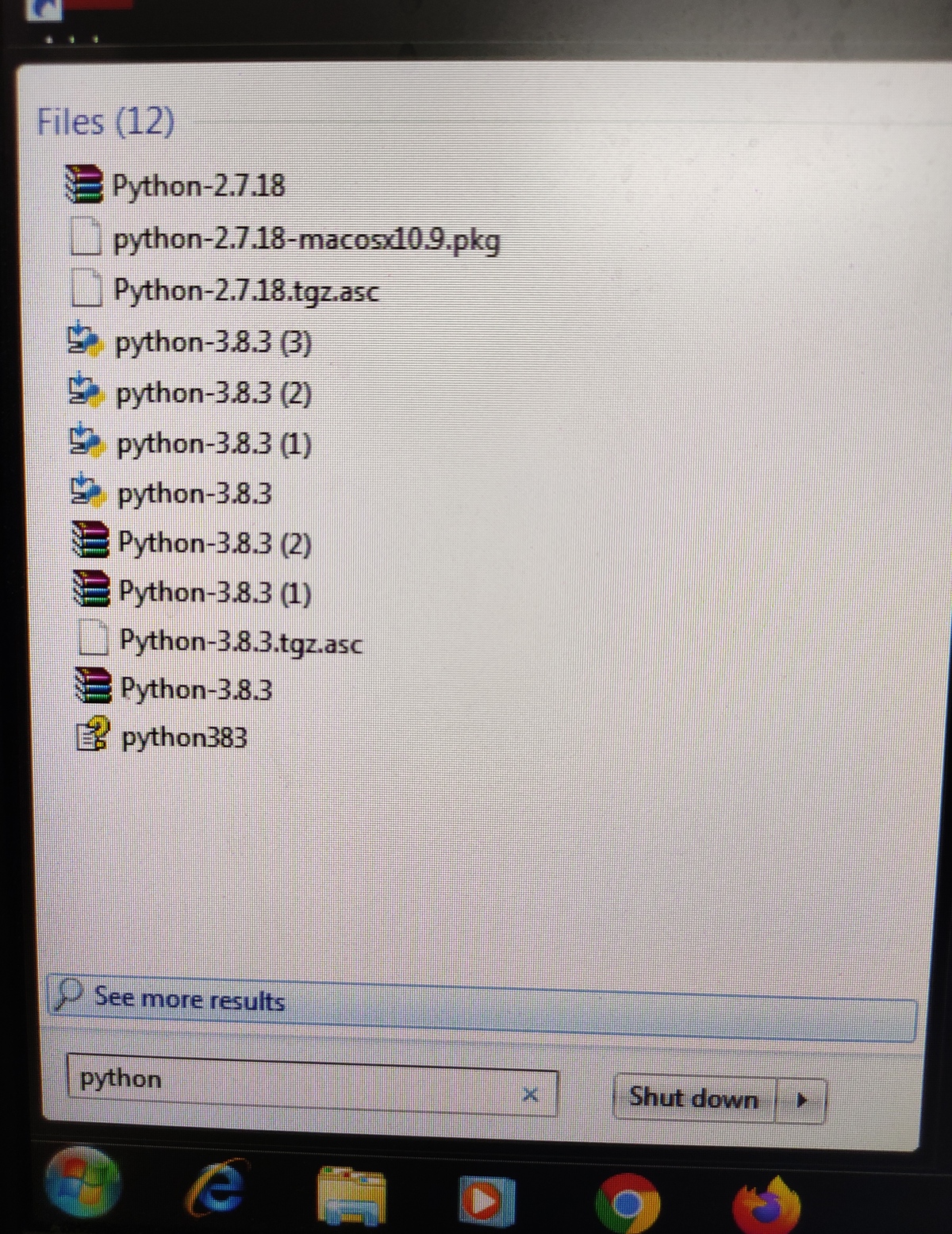
And where is GUI located. Please can you help me little bit in starting of this things.
Log in to reply
@A Former Brilliant Member – Try typing IDLE in the search bar
Log in to reply
@Steven Chase – @Steven Chase I searched but nothing comes.
Log in to reply
@A Former Brilliant Member – When you were installing, there might have been a check box to say you wanted to install IDLE. Did you check it? If not, you may need to go back and install it separately.
Log in to reply
@Steven Chase
–
@Steven Chase
ok sir let me on my computer and check now.
Please be connected for sometime, I will be grateful.
@Steven Chase
–
@Steven Chase
I downloaded it from here

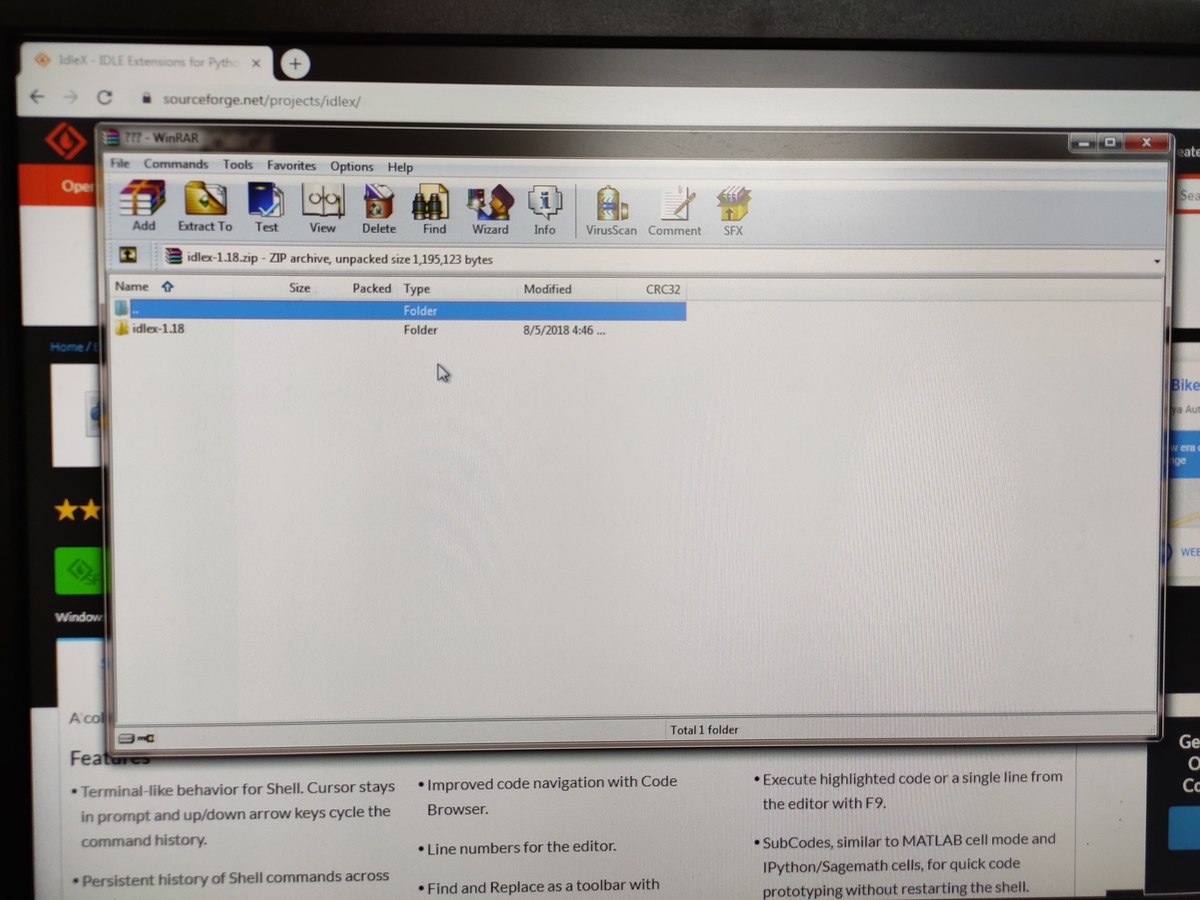
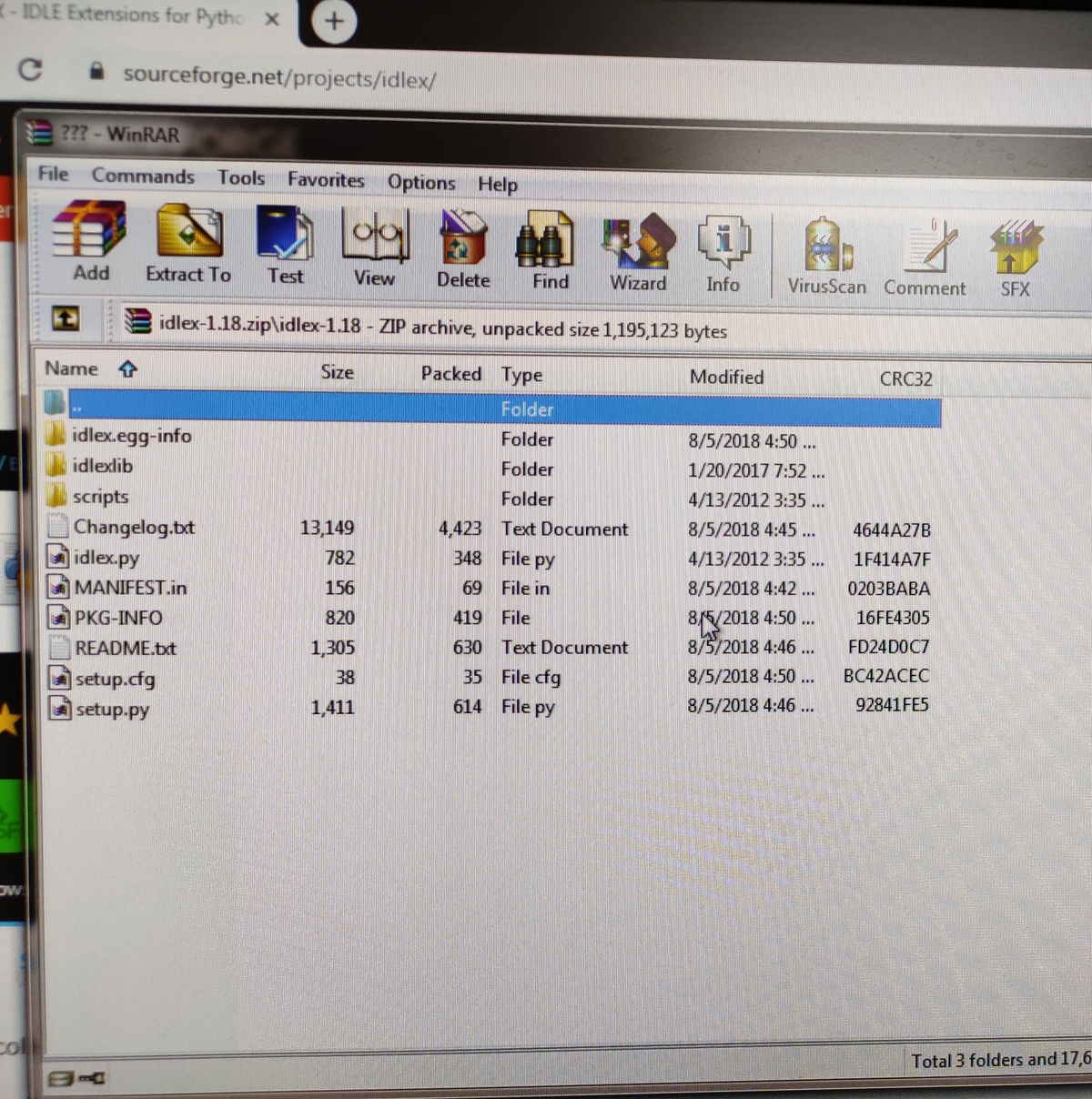
After this where I have to go ??
Am i going right??
Log in to reply
@A Former Brilliant Member – I think IDLEX is an expansion for IDLE, which you don't have yet. Maybe the easier thing would be to un-install python and re-install it. And when you re-install, make sure you check the box to install IDLE
Log in to reply
@Steven Chase
–
@Steven Chase
sir I am not able to find the file with name IDlE
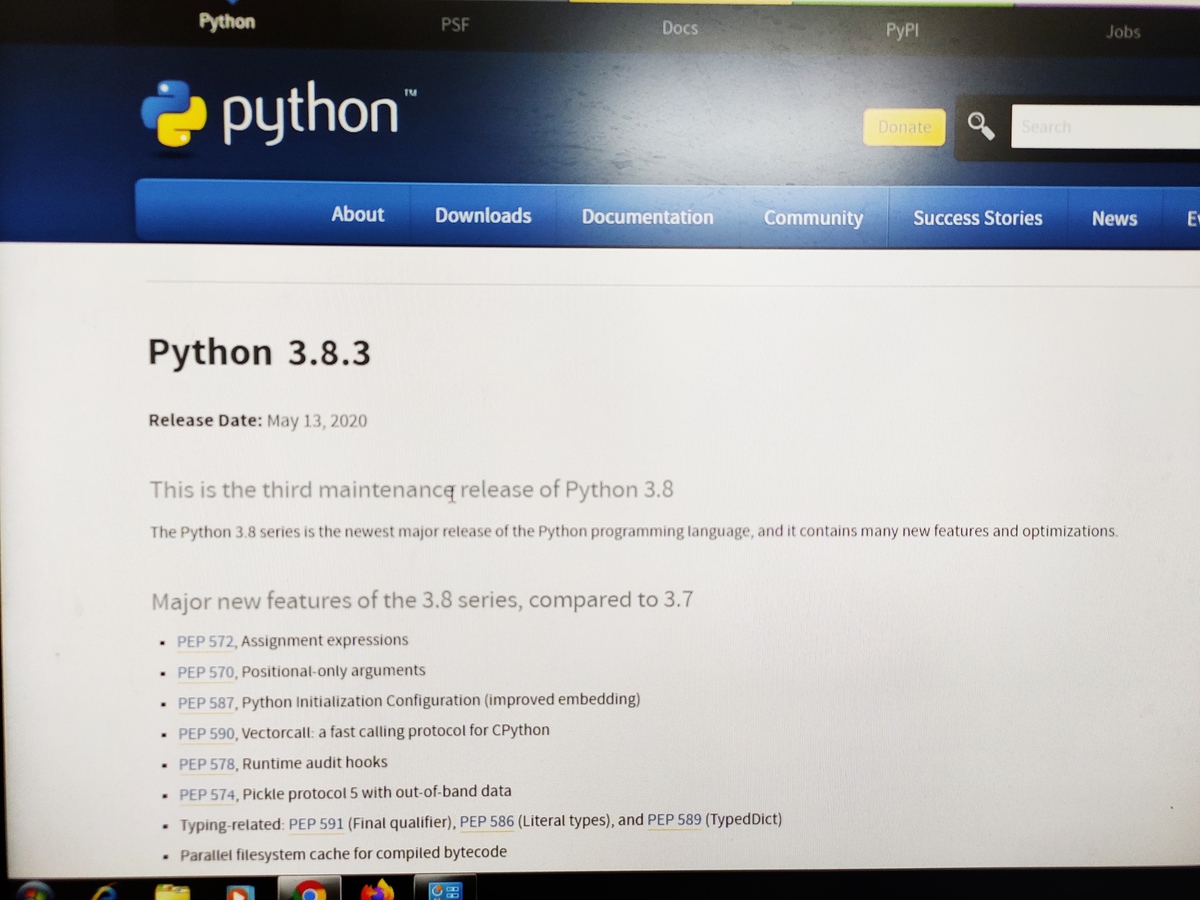
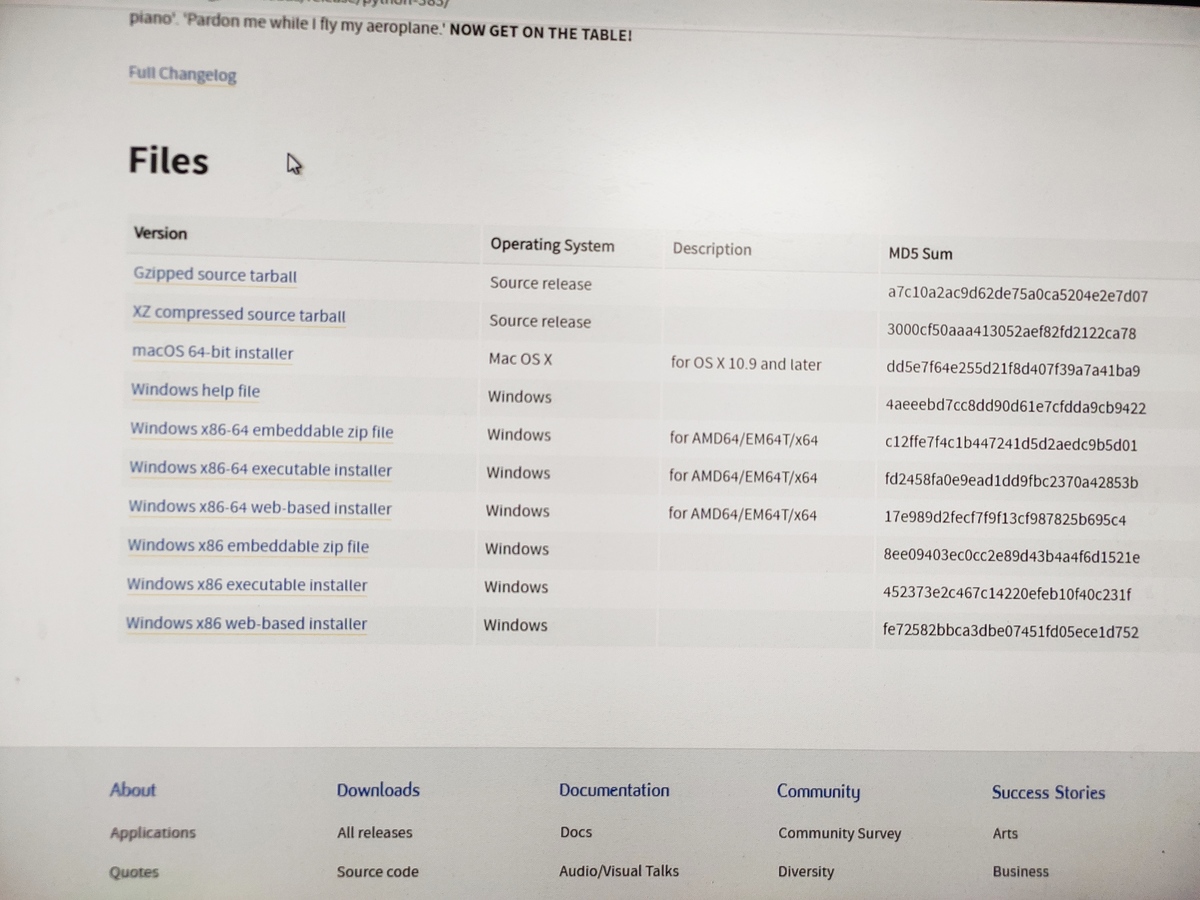
Log in to reply
@A Former Brilliant Member – When you install Python, the wizard shows you a bunch of checkboxes that let you select what components you want to install. IDLE should be one of those. It's not a file, it's a checkbox option when you install
@Steven Chase
can you help me in this problem?

Log in to reply
This is a pretty easy problem. You should have no trouble with it.
Log in to reply
@Steven Chase yes I know . At t = 0 should I assume R = 0 and after 1 min R = 5 ??
Log in to reply
@A Former Brilliant Member – At t = 6 0 , R = 5
Log in to reply
@Steven Chase
–
@Steven Chase
so I have to integrate 4 time steps
Right??
Log in to reply
@A Former Brilliant Member – You have to use seconds, so you are integrating from t = 0 to t = 2 4 0
Log in to reply
@Steven Chase
–
@Steven Chase
Now I am going correct
∫
0
2
4
0
2
4
0
+
t
1
2
0
d
t
=
q
t
o
t
a
l
I was solving by sleeping in bed.
Now it's a lesson for me to solve question by sitting properly.
Are you agree?
The top, middle and bottom horizontal parts of the figure will contribute to electric field in the horizontal direction only, of total magnitude
2 π 1 ( 4 1 + 2 1 − 5 1 ) ≈ 0 . 0 8 1 1 5 2 .
The two vertical parts will contribute a total field in the horizontal direction of magnitude
4 π 1 ( 2 5 1 + 2 1 ) ≈ 0 . 0 7 4 0 6 .
So, the total field component along horizontal direction is ≈ 0 . 1 5 5 2 1 5 8 5 .
The total field component along the vertical direction is due to the two vertical parts, and is of magnitude
4 π 1 ( 2 1 − 2 1 + 5 1 ) ≈ 0 . 0 1 9 1 0 7 .
Hence the total electric field is of magnitude
( 0 . 1 5 5 2 1 5 8 5 ) 2 + ( 0 . 0 1 9 1 0 7 ) 2 ≈ 0 . 1 5 6 3 8 .
Thanks for dedicating the problem. I slightly modified the code from the "K" problem.